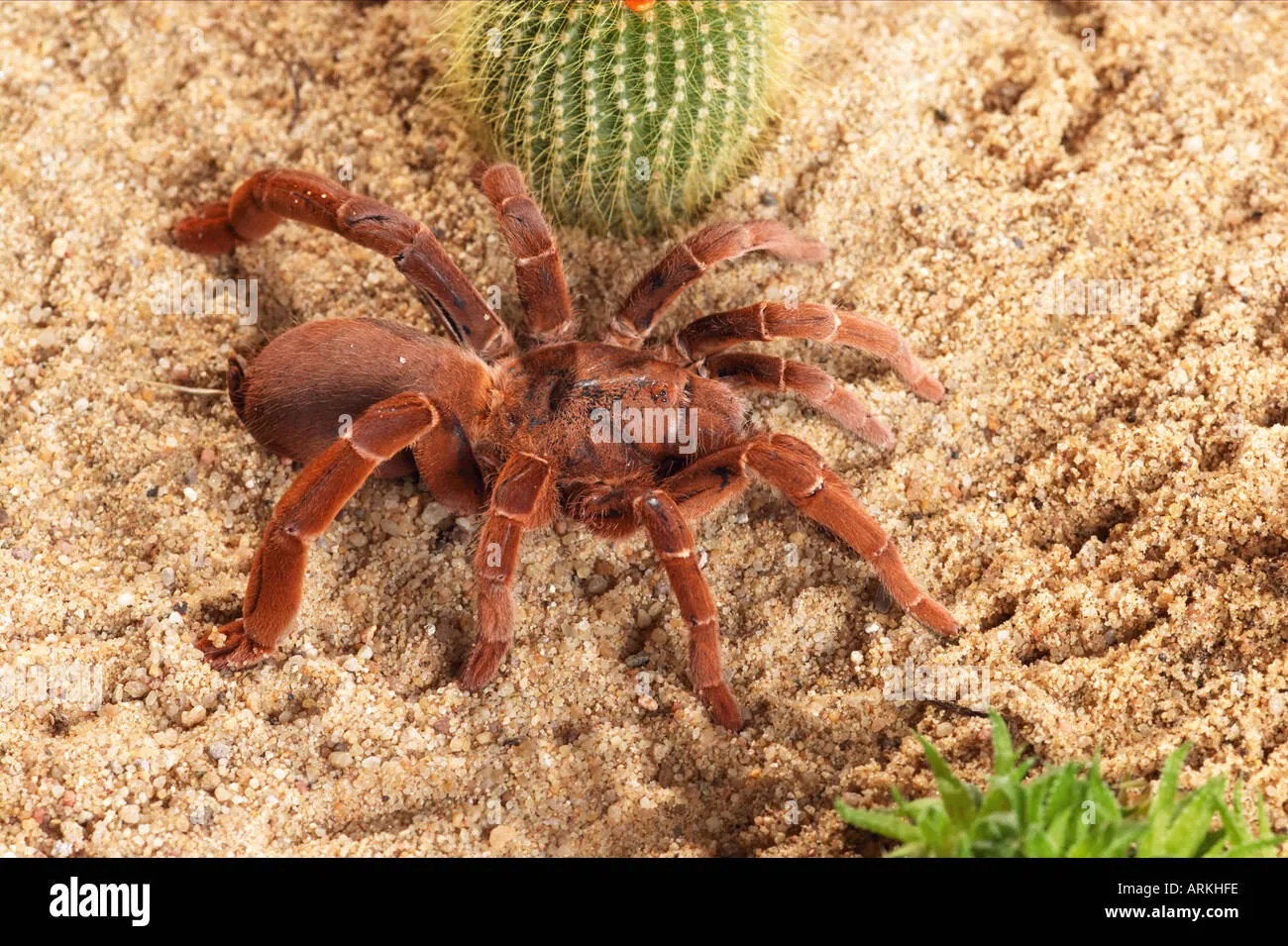What is a Bird-Eating Tarantula
The term “bird-eating tarantula” might conjure images of a massive spider dragging a fully grown bird into its lair, but the reality is more nuanced. These impressive arachnids, belonging to the Theraphosidae family, are some of the largest spiders in the world. They are native to the Americas, Africa, and parts of Asia. While their name suggests a diet primarily consisting of birds, these spiders are opportunistic hunters, and their diet varies greatly depending on their habitat and prey availability. They primarily feed on insects, but also consume small vertebrates, including lizards, rodents, and yes, occasionally, birds. These spiders are fascinating creatures that have adapted to thrive in their respective environments. They are a testament to the diversity and complexity of the natural world, showcasing nature’s ability to create specialized predators capable of taking down a variety of prey. These spiders play a vital role in their ecosystems, helping to control populations of insects and small animals.
Size and Appearance of the Tarantula
Bird-eating tarantulas are giants in the spider world, with some species boasting impressive sizes. Their body length can range from 3 to 4 inches, and their leg span can extend up to 12 inches or more. This makes them some of the largest spiders on Earth. Their appearance is equally striking. They are typically covered in dense hairs, which can range in color from brown and black to shades of orange and red, depending on the species. These hairs serve multiple purposes, including sensory perception and defense. They have large fangs, which are used to inject venom into their prey. The size and appearance of a bird-eating tarantula is a clear indication of its predatory lifestyle and its ability to hunt down and consume a variety of animals. Their powerful builds and imposing appearance are a testament to their place as apex predators in their ecosystems.
Where Do They Live
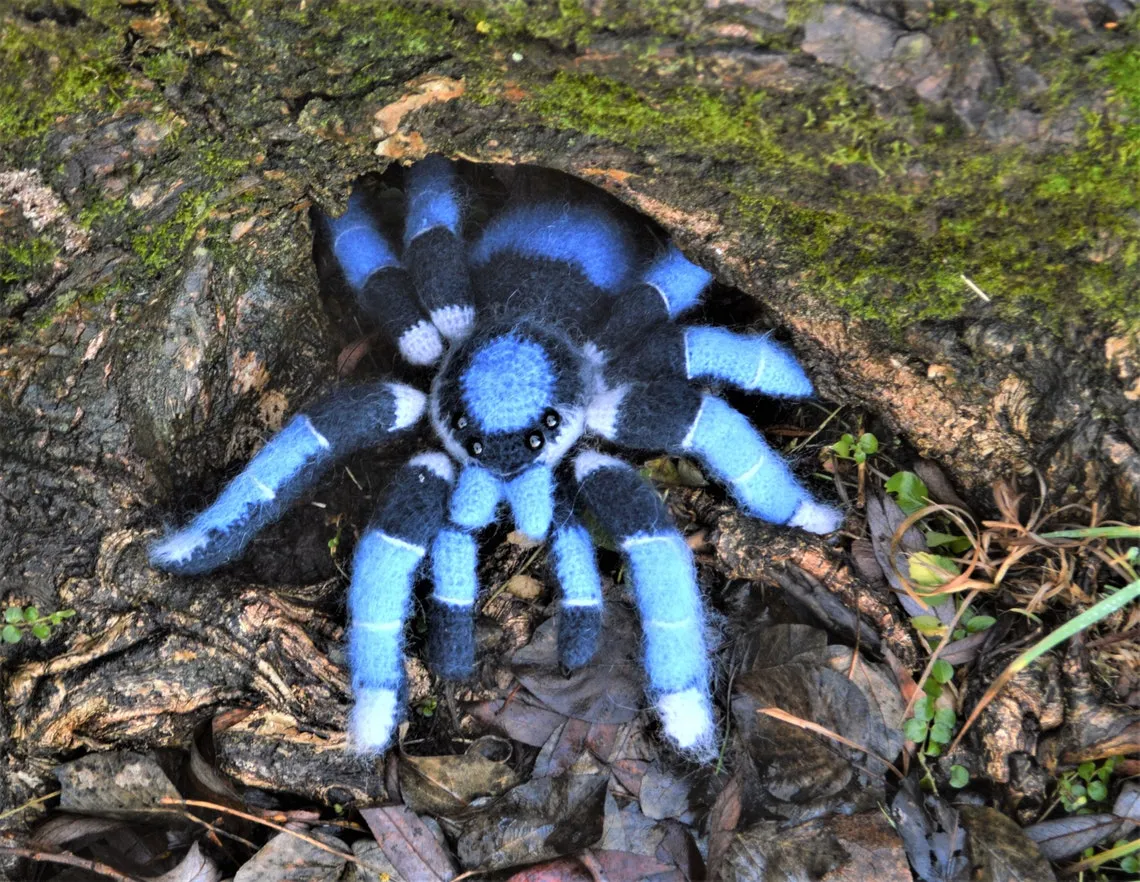
These spiders are primarily found in tropical and subtropical regions. Their preferred habitats include rainforests, grasslands, and burrows in the ground. They are well-adapted to these environments, where they can find suitable shelter and prey. They create burrows, often under rocks, logs, or in the soil. These burrows provide protection from the elements and predators, serving as a safe haven for these spiders. The specific habitat of a bird-eating tarantula is crucial for its survival. It needs access to a reliable food source, suitable climate conditions, and a place to build its home. The presence of these spiders in an ecosystem can be an indicator of its overall health and biodiversity. They are a vital part of the food web, contributing to the balance and stability of the natural environment they inhabit.
What Birds Do They Eat
While the name “bird-eating tarantula” suggests a diet solely consisting of birds, the reality is more complex. These spiders are opportunistic hunters, and their diet largely depends on the availability of prey in their habitat. Birds are not a regular part of their diet; they are consumed occasionally, particularly young or injured birds that have fallen from their nests. The spiders are more likely to prey on insects, small mammals, and other invertebrates. The actual frequency of bird consumption is relatively low compared to other prey. Their diet reflects their adaptability and the diverse range of food sources available in their environment. These spiders are crucial in maintaining the ecological balance of their habitats, helping to control populations of various animals and contributing to the overall health of their ecosystems. They play an important role in the natural world.
How They Hunt
Bird-eating tarantulas are ambush predators. They often sit and wait for their prey to come within striking distance. Their hunting strategy is one of patience and precision. They use their keen senses to detect movement and vibrations in their surroundings. Once prey is identified, the spider swiftly pounces, using its powerful fangs to inject venom. The venom paralyzes the prey, allowing the spider to begin feeding. The hunting process is a testament to their adaptation to their environment, their physical prowess, and their predatory behavior. They are well-equipped to hunt a variety of animals. Their hunting strategy allows them to efficiently secure food in their natural environment, which is critical for their survival. The ambush tactic is an example of how creatures adapt to their environment in order to get the nutrients they need.
The Tarantula’s Powerful Venom
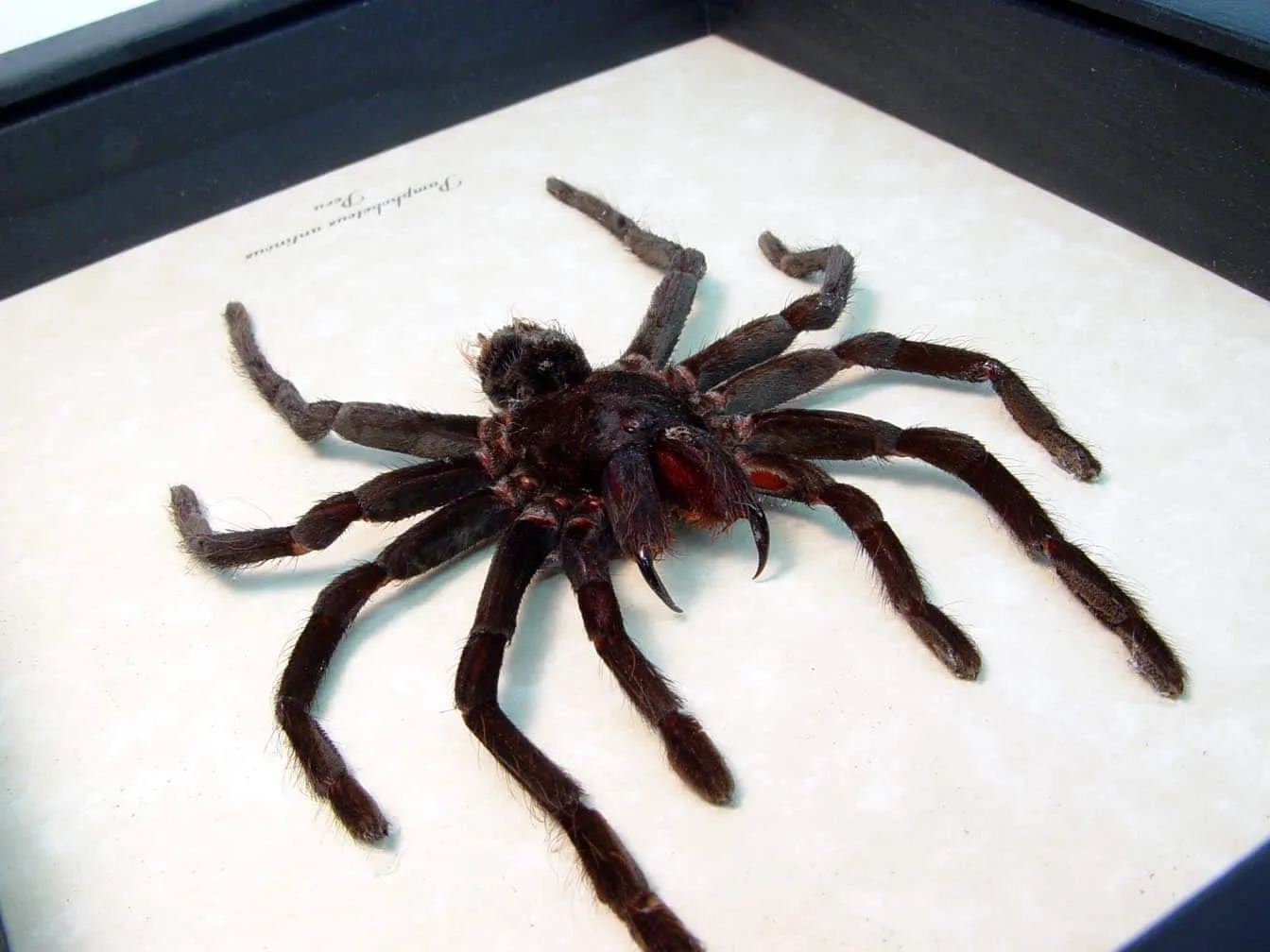
The venom of a bird-eating tarantula is primarily used to subdue its prey, not for defense against larger animals. The venom is not particularly dangerous to humans, and their bites are usually no more painful than a bee sting. The primary function of the venom is to immobilize and begin the process of breaking down the prey’s tissues. The venom contains various enzymes that start the digestive process from the inside. The potency of the venom varies among different species of bird-eating tarantulas. Despite its relatively low toxicity to humans, the venom is a crucial tool for the spider, allowing it to feed efficiently and survive in its environment. The components of the venom show an interesting level of biological function, which underscores the complexity of nature.
Hunting Techniques
Bird-eating tarantulas employ a range of hunting techniques, which vary depending on the species and environment. Some species construct elaborate webs to trap prey, while others rely on ambush tactics. They have specialized sensory hairs that allow them to detect vibrations, alerting them to the presence of potential meals. When an opportunity arises, the spider will quickly seize its prey, using its powerful fangs to inject venom. This venom quickly immobilizes the prey, allowing the spider to begin its meal. The hunting techniques employed by these spiders are a testament to their adaptability and predatory prowess. Their skills allow them to hunt down and eat a variety of prey. These spiders have evolved to be very successful hunters in their respective environments.
The Spider’s Prey
The diet of a bird-eating tarantula is surprisingly diverse, including insects, small mammals, lizards, and occasionally, birds. The primary food source for most species is insects, which are readily available in their habitat. They also consume small vertebrates, like lizards and rodents. They are opportunistic hunters, adapting their diet to the available food sources. The versatility of their diet allows them to thrive in various environments and helps maintain the balance of their ecosystems. The spider’s prey is a sign of its adaptability and its ability to hunt a variety of meals. Their varied diet allows them to survive and reproduce. These spiders are a vital part of the food web, contributing to the ecological stability of the environments they inhabit.
Five Amazing Facts

Fact 1 Size Comparison
Bird-eating tarantulas are among the largest spiders in the world, with some species having a leg span that can reach over 12 inches. Their size is a significant factor in their hunting success, allowing them to capture larger prey. The sheer size of these spiders is a testament to their predatory adaptations and their ability to thrive in their environments. Their size also contributes to their fearsome reputation and their ability to capture a variety of prey.
Fact 2 Hunting Methods
They use a variety of hunting methods, including ambush tactics and sometimes building webs. They possess sensory hairs that help them detect vibrations from potential prey. Their hunting abilities are crucial to their survival. They are well adapted to capture a wide range of prey. They can also sit still and wait for their prey to come near. They are a testament to the efficiency and adaptability of spiders.
Fact 3 Venom Strength
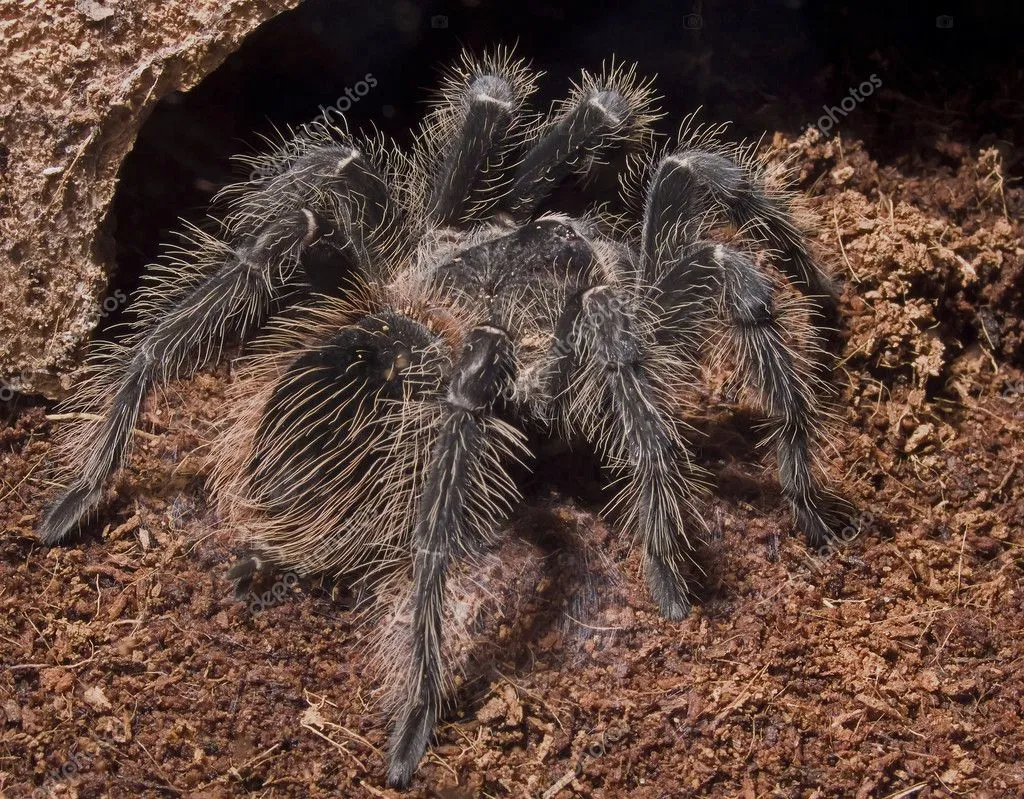
The venom of these tarantulas is not particularly dangerous to humans. Its primary function is to subdue prey. The venom is not designed for defense against large animals. They inject venom into their prey to paralyze it, which makes it easier to eat. Their venom is a powerful tool for survival, allowing the tarantula to immobilize and consume a wide range of prey species. This enables them to hunt with efficiency and maintain their place in the food chain.
Fact 4 Habitat
These spiders are primarily found in tropical and subtropical regions, where they create burrows and hunt. They thrive in areas with adequate humidity and a steady supply of prey. Their habitats provide protection from the elements and predators, allowing these spiders to survive and thrive. The habitat of the bird-eating tarantula is essential for its survival, providing shelter and a stable food source. Their adaptations allow them to live in a variety of environments, including rainforests and grasslands.
Fact 5 Diet
While the name suggests a diet primarily of birds, these spiders are opportunistic feeders and their diet is varied. Insects form a significant portion of their diet, supplemented by other small animals. The spiders adapt their eating habits to what is available. Their diet reflects their adaptability and their ability to thrive in various environments. Their varied diet helps them maintain their place in the food web. Their varied diet showcases their ability to survive in many conditions.
Conclusion
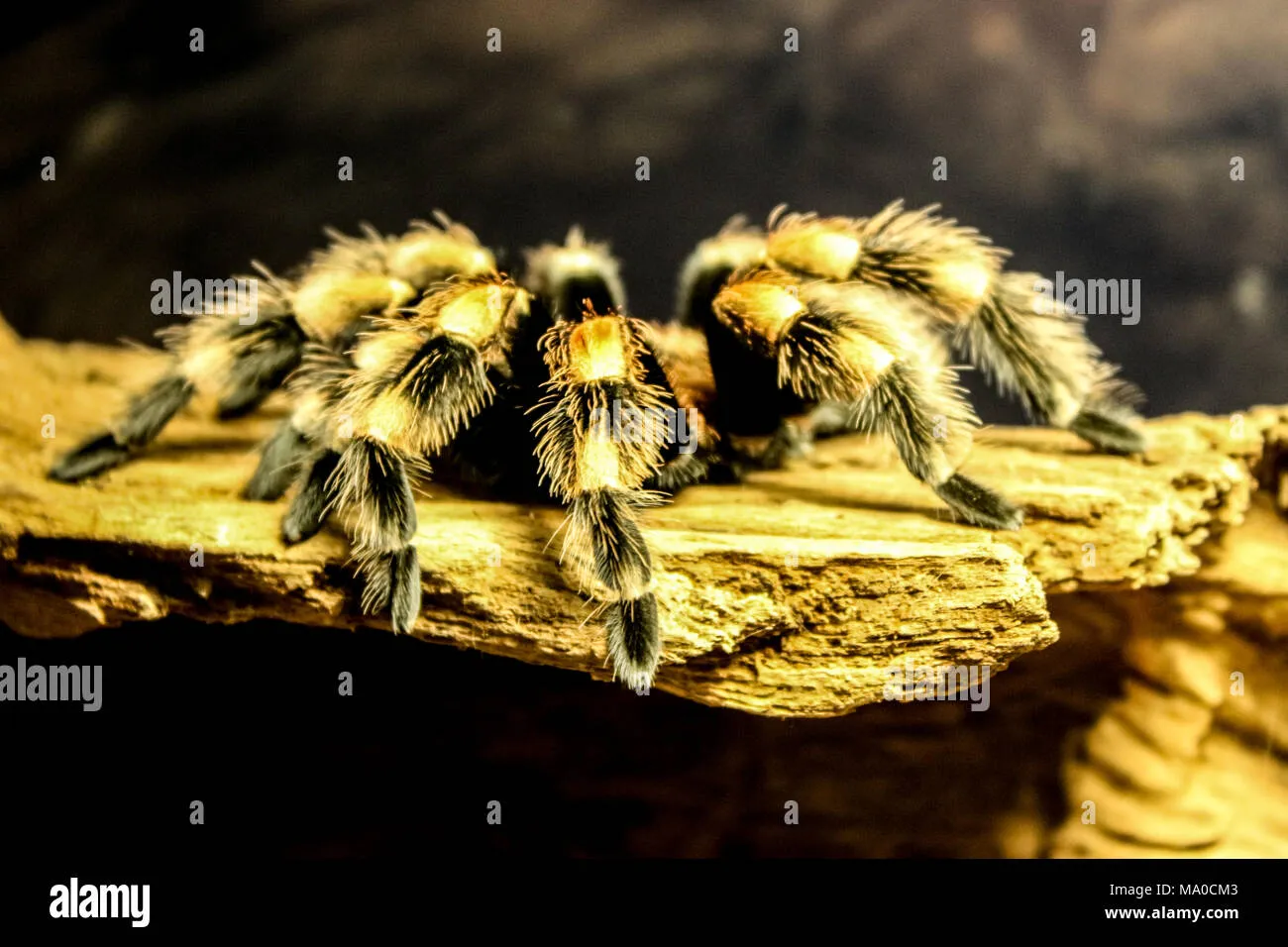
Bird-eating tarantulas are fascinating creatures, often misunderstood due to their intimidating appearance. They are amazing spiders, playing a vital role in their ecosystems, helping to control insect populations and other animals. The term “bird-eating” is somewhat misleading, as birds are not their primary food source. Their hunting techniques, venom, and adaptability make them a testament to the wonders of nature. They are a reminder of the diversity and complexity of life on Earth. These spiders are important, playing a crucial role in maintaining the ecological balance of their environments.
